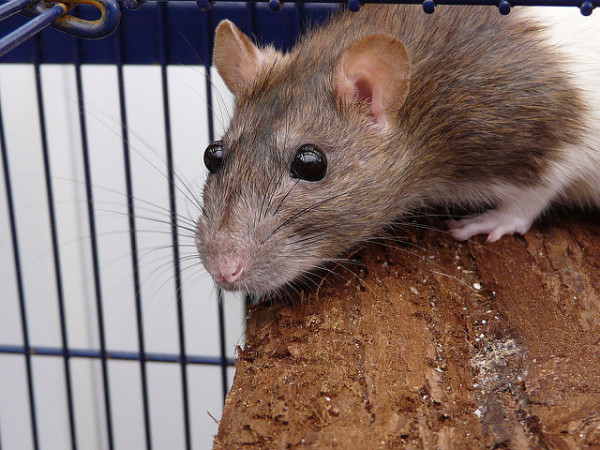Where do modern diseases come from? According to the CDC, three out of five diseases, which infect over one billion people annually, are actually zoonotic diseases. Zoonotic diseases are diseases that are transferred from animals and insects to humans. Animals, from mosquitoes to turtles to mice, can transmit diseases such as salmonella, E. coli, dengue, and Lyme disease.
Image Source: Alashi
Medical professionals and scientists have been treating these infections retroactively, meaning after people get infected with the disease. They have focused more on containing and treating the disease with new vaccines and medical treatments. However, prediction is the new public health priority because it is key in preventing outbreaks and saving people before they are even sick. There have been efforts to try to predict when a zoonotic disease outbreak will occur, but until recently, efforts have been unsuccessful. New artificial technology has brought a new light to the dilemma. A newly developed computer model with machine learning, developed by Barbara Han of the Cary Institute of Ecosystem Studies and her colleagues, is able to identify certain rodent species that are known to carry zoonotic diseases.
This model has a 90% accuracy rate and is key to identifying hotspot places with potential zoonotic disease outbreaks. The most amazing feature of this computer model is that it can be taught and trained. Different rodents have different capacities for transmitting diseases; those that have short lifespans, reproduce quickly, and live in less diverse temperate areas are most able to spread pathogens. Researchers on the project have programmed the model to analyze databases of rodent traits, such as reproductive behavior, probability of zoonotic disease carriers, geographic ranges, etc. By using these classifications, the machine has been able to identify new rodent species that are capable of being disease carriers. They have also been able to predict 50 hyper-reservoirs, which are rodent populations that carry more than one infectious pathogen to humans.
Even though it has only been used to track rodent species, the machine is definitely a step in the right direction. The new method of using artificial technology is a key component in the future of predicting the risks and possibility of outbreaks in a certain area of the world. Doing so could possibly minimize the damage done by zoonotic disease by putting preventive measures in place in at-risk locations. In the meantime, while the new technology is still developing, be sure to always wash your hands after petting animals and use bug spray when going into nature.
Feature Image Source: Jack Berry










